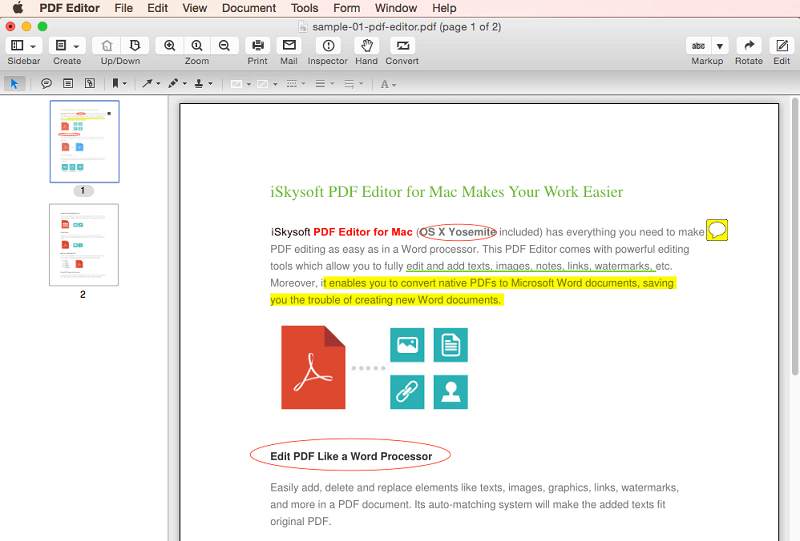

Right click to bring up the shortcut menu, and select Rename 3 Items – or however many items you selected. To do this, select the files or folders you want to edit by pressing Command+Click to select the files or folders. In OS X Yosemite, you can also rename multiple icons at once. You can number them, delete a phrase from their name, or correct the spelling. NOTE:You can give more than one icon the same name as long as they aren't in the same folder. Click outside of the rectangle when you are finished. To rename an icon, click on its name, then press Return on your keyboard. A rectangle will appear around the name, as shown below.īegin typing in the new name. You can also use Command+V to paste. If you want to move the icons to a new location instead of copying them, press Option+Command+V to paste. Go to the location where you want to place them, then go to the Menu Bar again and select Edit>Paste. You can also use Copy and Paste to move or copy icons. To do this, select the icon (or multiple icons), then go to the Menu Bar and select Edit>Copy. If you want to copy the icon instead of move it, press the Option key as you release the icon that you have dragged. This will produce a copy with the original file/folder name and the word "copy" added to the end.Ģ. You can either drag icons from one location to the next by selecting the icon (or multiple icons), then dragging them using your mouse. To move or copy icons from one location to another on your Mac, you have two choices.ġ. To select multiple icons, press Command+Click. To select an icon, all you have to do is click on it. You can rename icons using up to 255 letters and spaces. Plus, you can use any symbol except the colon (:) when naming and renaming icons. If we click on System in the first column, we can see folders that contain files that turn on the Mac, then control how it operates.Įvery program, file, folder, and disk on your computer is represented by an icon. Icons can be moved, copied, or double clicked to open. If we click on Library in the first column, we can see all the components for your program, as well as the OS X Yosemite operating system. This includes fonts, preferences, printer drivers, etc. In the snapshot below, we can see our audio devices, drivers, configurations, etc. If we click on Applications in the first column, we can see all the applications. These folders include applications (programs), files, libraries, and even other folders. In the third column, we can see every folder under that user. We have selected Users in the first column, then a user name in the second column. To see how the folder system is structured and organized, switch to Column view in the Finder window.
Word for os x yosemite mac#
This is the folder that contains, in essence, your Mac. The name of your home folder is your name or whatever name you typed when you installed OS X. To open the home folder, go to the Menu Bar, then Go>Home.Įverything that's on your Mac is stored in the folders displayed above. The Home folder is the folder where all your files, folders, programs, and everything on your Mac is stored. There's an Applications folder, a Library folder, a Users folder, and so on and so forth.
Word for os x yosemite install#
However, there are lots of folders in OS X Yosemite that are there when you install it. About Folders in OS X Yosemiteīefore we talk about icons, let's talk about the folder structure in OS X Yosemite. Folders are something you probably won't think about much as you use OS X Yosemite unless you want to create a new folder to store documents, files, other folders, etc.

In this article, we are going to learn about all the things you can do with those icons to help you get organized in OS X Yosemite. Click through from there to see a page with screen shots explaining the entire procedure.An icon can be found in the Title Bar to the left of the file, folder, or location that's currently being displayed in the Finder window, as shown below. See the original post on Reddit: Force Word to use Retina Display for Text! This might also work on other programs. I think it's interesting that a plist entry in the ist tells the OS whether an app supports Retina or not. Getting this to work is a bit tricky, and causes some glitches (at least in Word), but it's worth checking out. When you launch Word, OS X will attempt to run the app at Retina resolution, but since it won't find any Retina graphics only Retina fonts will be substituted.

Open ist with a text editor, and add the following to the end of the file, just before the ≪/dict> line: NSHighResolutionCapableTrue Save the file. After you've made a backup of Word, right-click on its icon and choose Show Package Contents. What you need to do is add a key to Word's ist file. This might interest anyone using a Retina MacBook Pro.


 0 kommentar(er)
0 kommentar(er)
